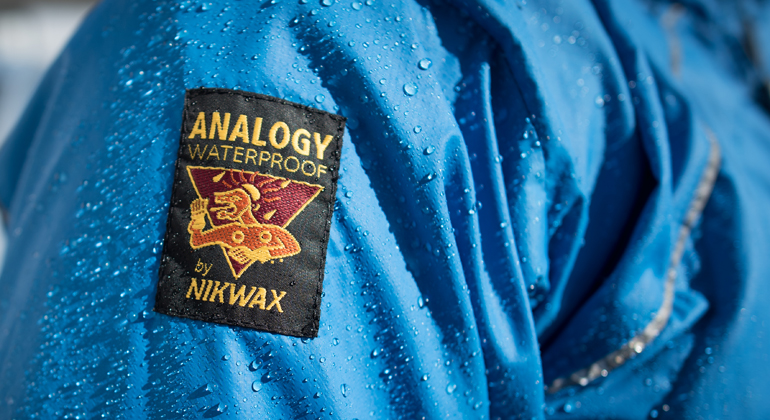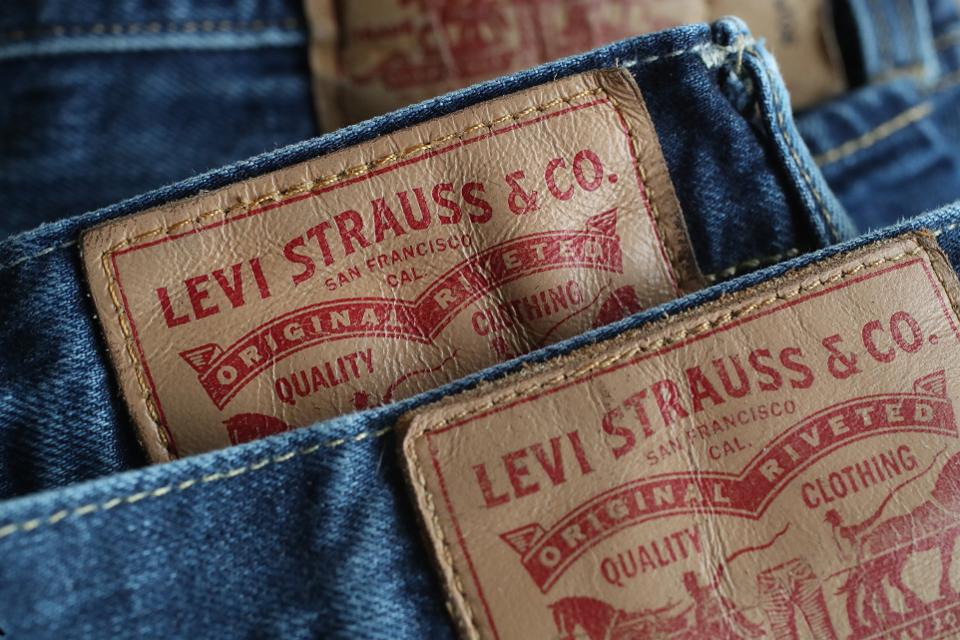Unless you have been living under a rock for the past few years, you’ve probably noticed the growing trend of environmental sustainability gaining traction around us. Perhaps that's what brought you to our blog in the first place; or maybe you’re on our blog because you want to learn more about sustainable fashion, how to get involved in living a more fashionably sustainable life, or even what places around you offer the best options for those seeking the best deals! Whatever the reason, our blog can give you all the details you want to know.
In today’s world, it’s easy to pick up a shirt and check out at the register without giving a second thought to where your product was made or even what it’s made of. We’ve started putting so much emphasis onto what's going into our food or what's going into our hair products – sulfate-free shampoos all the way – but people are still lagging when it comes to taking the time to check out their clothes. This is where I come in! Below I have gathered together a short list of 3 chemicals often used in fast fashion that we should all do our best to avoid!
~
1) Per- and Polyfluorinated Chemicals (PFCs)
If you can’t pronounce the name of this one, don’t worry you’re not alone! With this technical sounding name, you might think this is a very serious, but rarely seen chemical. While you're right about it being serious, this is actually a very common chemical used in production to make fabrics more water-, oil-, and stain-proof.
This chemical was first brought to my attention during a Greenpeace 'Detox My Fashion' campaign where they petitioned major companies to start making a difference in their manufacturing habits. The issue with this chemical is that PFCs can't readily break down in the environment; so, that rain jacket you had as a child is probably still intact sitting in a junkyard somewhere. What's worse is that not only do these chemicals hurt the environment, they can also hurt you! If you are in contact with PFCs for an extended amount of time, your body can begin to absorb the chemicals which can affect your liver or endocrine systems. This means that both your growth and reproductive systems could be at risk!
If you are looking for products that are PFC-free and still semi-waterproof for outdoor activities, I suggest looking into Nikwax, Fjällräven, or Páramo who have either been PFC-free since the beginning or have pledged to get ride of them along with the Greenpeace campaign!

2) Antimony
If you've ever taken a chemistry class in school, this chemical might be familiar to you! While historically, this chemical found on the periodic table was better known as Kohl - often associated with cosmetics in ancient Egypt - it is now very commonly used in the production of polyester. Companies swear that because it is used as a catalyst in the production stage of the polyester materials, the antimony is "locked" into the fibers and therefore, consumers won't come into contact with it.
The biggest problem with all this antimony in your clothing is the fact that it is a carcinogen and in large amounts, it can be toxic to your heart, liver, lungs, and skin. While those amounts might not be found in the pieces of clothing you wear, the factories use a high-heat process to dye this fabric to produce this clothing that separates antimony from the fibers before leaking waste that is full of this chemical and ruining the environment around them. In this case, caring about whether or not your clothes use antimony in production is less about the direct effect to you but rather how this clothing production can greatly hurt the world around us.
Good companies if you're looking to avoid antimony would be Mountain Equipment Co-op (MEC) or Patagonia. Patagonia, while struggling to find a polyester and fleece material that matches up to the antimony using counterparts, has begun working with mills to safely remove antimony from the plastics before they are turned into fibers to ensure a better environment initiative.
3) Phthalates
That's not a misspelling; just another hard to pronounce chemical to avoid! Once again brought to my attention by Greenpeace, this chemical is commonly used in the softening of plastics such as those used to create designs on the front of shirts. And if you weren't already aware of how bad plastic is for the environment due to the fact that it takes hundreds if not thousands of years for plastic to decompose, this chemical is used as an plasticizer which not only increases flexibility, but longevity as well.
The scary part about this chemical is that it is found in nearly everything; from clothes to deodorant to meat to the steering wheel in your car, phthalates are everywhere. Phthalates are something to worry about because their extreme exposure has been linked to greater endocrine disruption; this means that a pregnant woman who is exposed to high levels of this chemical is at a higher risk of giving birth to a child with birth defects. Under the EU's REACH (Registration, Evaluation, Authorisation and Restriction of Chemicals) legislation, many phthalates are even listed as Substance of Very High Concern.
This one is probably the toughest to avoid since it is everywhere, but there are other companies out there who have made it their mission to avoid using phthalates in their clothing. These would be brands such as Levi Strauss & Co. or Evolved By Nature who not only are trying to eliminate the use of these chemicals, but also produce environmentally friendly alternatives for the everyday consumer.

~
While it may seem like these things are hard to avoid, fashion has already begun to make progress toward a more sustainable future! We should all be doing our part to help out ourselves by avoiding these harmful chemicals, but also help the environment by insisting on better waste methods used by factories. Every person is important in making a difference and we're here to help you get there!